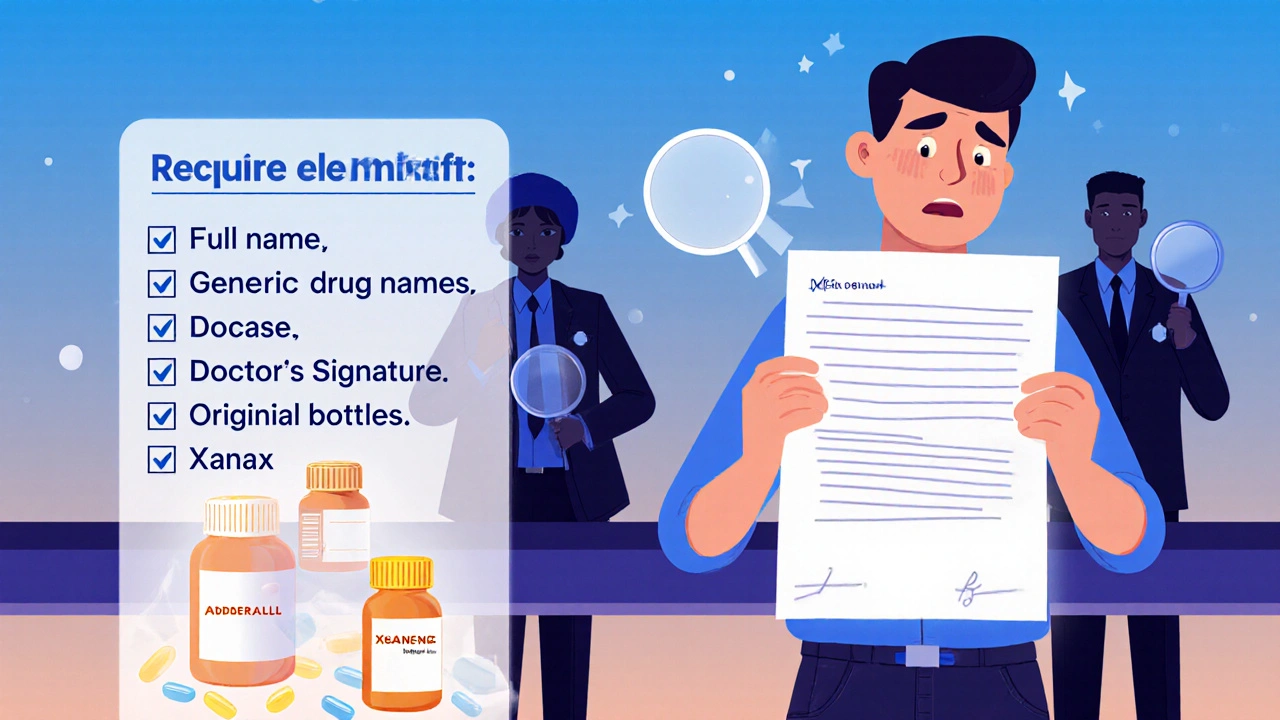
Carrying prescription medication across international borders isn’t as simple as tossing a pill bottle into your suitcase. If your medication contains a controlled substance-like opioids, stimulants, benzodiazepines, or ADHD drugs-you could face detention, fines, or even jail time if you don’t have the right paperwork. It’s not a myth. In 2022, over 127 travelers were detained worldwide just because their medical documentation was incomplete or missing. This isn’t about bureaucracy-it’s about legal compliance in 186 countries bound by international drug treaties.
Why a Doctor’s Letter Isn’t Optional
Controlled substances are tightly regulated under three global treaties: the 1961 Single Convention on Narcotic Drugs, the 1971 Convention on Psychotropic Substances, and the 1988 UN Convention Against Illicit Traffic. These treaties allow countries to ban or restrict certain drugs, but they also make exceptions for legitimate medical use. That’s where your doctor’s letter comes in. It’s your proof that you’re not smuggling drugs-you’re managing a medical condition.Without this letter, even a 30-day supply of your regular medication can look like intent to distribute. Border agents don’t know your medical history. They only see a bottle labeled with a chemical name they’ve been trained to flag. A properly written letter bridges that gap. According to the CDC’s 2023 Yellow Book, 68% of all medication-related travel incidents happen because travelers didn’t carry the right documentation.
What Your Doctor’s Letter Must Include
A generic note from your doctor won’t cut it. The letter needs to meet specific standards recognized by international authorities like the International Narcotics Control Board (INCB) and the U.S. FDA. Here’s what it must have:- Your full legal name and date of birth (must match your passport exactly)
- The prescribing doctor’s full name, license number, title, clinic address, and phone number
- The generic name of each medication (not the brand name-Adderall becomes amphetamine, Xanax becomes alprazolam)
- The exact dosage, frequency, and route of administration (e.g., 10 mg orally once daily)
- A clear statement of your medical condition (e.g., “treatment for attention-deficit/hyperactivity disorder”)
- A formal request that you be permitted to carry this medication for personal use during your trip
- The doctor’s original signature and official letterhead
Many doctors don’t know this. A 2022 survey by the International Association for Medical Assistance to Travellers found that 72% of patients received incomplete or inaccurate medication lists from their providers. Don’t assume your doctor will know what’s needed. Bring a copy of the CDC’s template letter with you when you visit.
Quantity Limits and Packaging Rules
There’s no universal limit, but most countries follow the 90-day personal use rule. The FDA and U.S. Customs and Border Protection (CBP) advise travelers to carry no more than a 90-day supply. Some countries are stricter: Singapore and Malaysia cap it at 30 days, and exceeding that-even with a letter-can lead to arrest.Medications must be in their original, labeled containers with the pharmacy label showing your name, the drug name, and the prescribing doctor’s details. If you use a pill organizer, you must carry the original bottles alongside your letter and prescription. Electronic prescriptions are accepted in the U.S. and EU if printed and signed, but many countries still require physical copies.
For Schedule II substances (like Adderall, oxycodone, or fentanyl patches), the DEA requires both the doctor’s letter and the original prescription. A letter alone won’t suffice. If you’re unsure whether your drug is Schedule II, check the DEA’s controlled substances list-it’s publicly available.
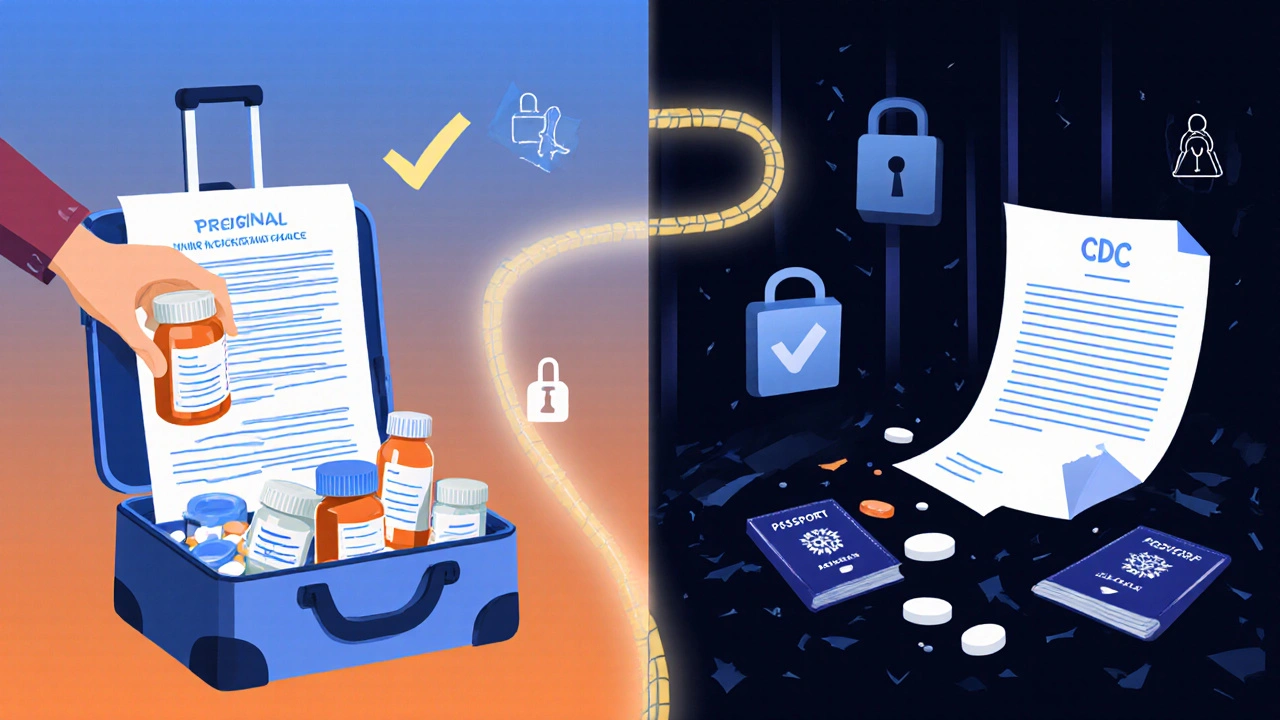
Country-by-Country Differences You Can’t Ignore
Not all countries treat medication the same way. What’s legal in New Zealand might be banned in Japan.- Japan: Amphetamine-based ADHD medications like Adderall and Ritalin are completely banned-even with documentation. Many travelers are turned away at immigration.
- United Arab Emirates: You need advance approval from the Ministry of Health. Apply at least 30 days before travel. Some medications are prohibited regardless of documentation.
- European Union: Most EU countries accept doctor’s letters from other member states. No translation needed if the letter is in English or the local language.
- United States: You need both a letter and a valid prescription. CBP officers may ask to see your prescription bottle at the port of entry.
- Canada: Accepts doctor’s letters alone for personal use quantities under 100 dosage units.
- Singapore and Malaysia: Maximum 30-day supply allowed. Exceeding this-even by one pill-can trigger criminal charges.
The U.S. Department of State reports that 58% of travelers rely on outdated or incorrect sources for medication rules. Don’t Google it. Don’t ask a friend. Go straight to the embassy website of your destination country. Most have a “Traveler Health” or “Customs Regulations” section.
What Happens If You Don’t Have the Letter?
The consequences aren’t theoretical. In 2022, travelers were detained for an average of 14.3 days because their documentation was missing or incomplete. Detention doesn’t mean you’re a criminal-it means you’re caught in a legal gray zone. You’ll be held until officials verify your story, which can take weeks. Your medication will be confiscated. You may be banned from re-entering the country.Dr. Ghada Wible of UNODC calls this the “single largest cause of traveler detention related to medication.” It’s preventable. A 2023 study in the Journal of Travel Medicine found that travelers carrying ADHD medications face the highest risk-89% of countries require special documentation for them. If you take Adderall, Vyvanse, or Concerta, you’re in the highest-risk group.
How to Prepare: A Step-by-Step Plan
Start at least two months before your trip. Here’s what to do:- Make a full list of all your medications, including generics, dosages, and reasons for use.
- Call your doctor’s office and ask them to prepare a letter using the CDC’s template. Don’t settle for a note.
- Verify your destination country’s rules on their official government or embassy website.
- Print two copies of the letter and keep one with your passport. Keep the other in your carry-on.
- Ensure all medications are in original containers with pharmacy labels.
- If traveling to Japan, the UAE, or Southeast Asia, contact the embassy directly to confirm your medication is allowed.
- Carry a copy of your prescription and a printed copy of the INCB’s traveler guidelines (available online).
Pro tip: If your doctor refuses to write the letter, ask for a referral to a travel medicine clinic. These clinics specialize in international medication compliance and often have pre-formatted templates ready to go.
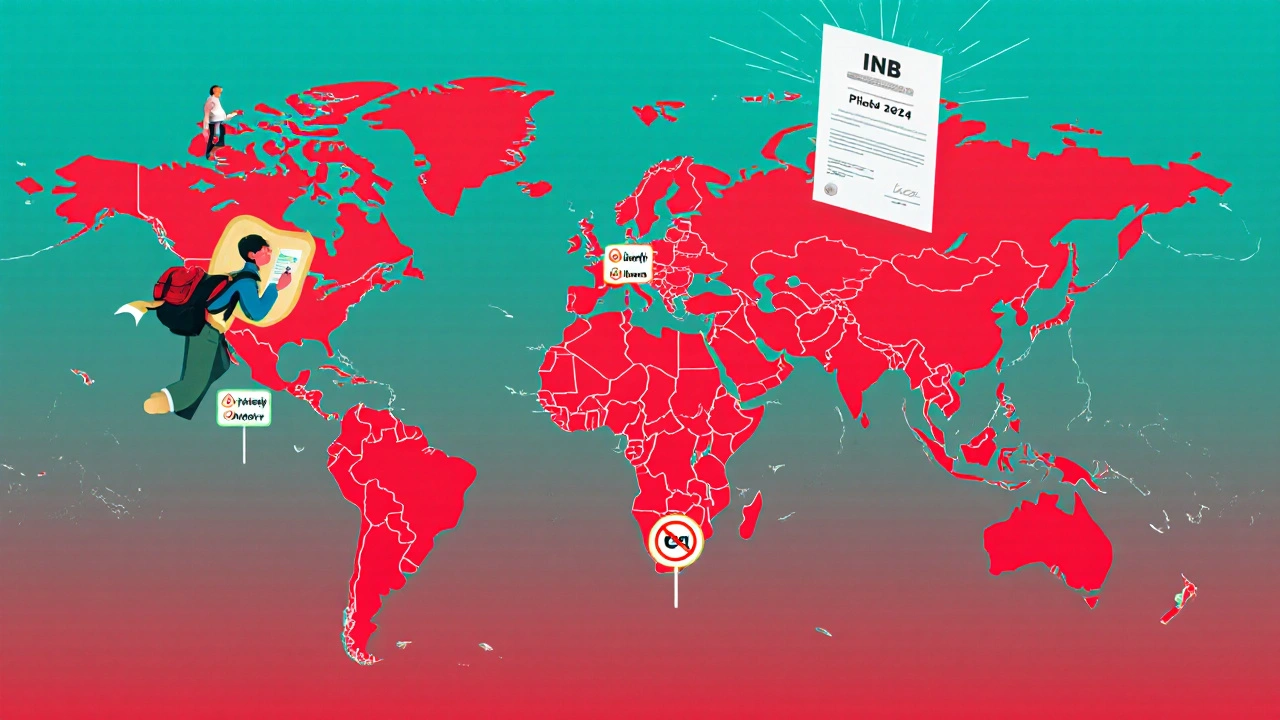
What’s Changing in 2025?
The system is slowly modernizing. The INCB is piloting a digital medical certificate in 12 European countries. The European Commission is funding a €2.4 million project to create a unified EU-wide system, launching in late 2024. The FDA and CBP now accept telemedicine prescriptions if printed and signed.But progress is uneven. In 2022 alone, 28 countries tightened their medication rules. The trend is toward more restrictions, not fewer. The WHO warns of growing fragmentation in global medication regulations. What’s allowed today might be banned tomorrow.
Until a global digital system is fully adopted, your doctor’s letter remains your most powerful tool. It’s not a formality-it’s your legal shield.
Frequently Asked Questions
Do I need a doctor’s letter for over-the-counter medications?
No, you don’t need a letter for standard OTC drugs like ibuprofen, antihistamines, or acetaminophen. But if the medication contains a controlled ingredient-like pseudoephedrine (in some cold medicines)-you might. Check the active ingredients. If it’s listed under the UN drug conventions, treat it like a prescription drug.
Can I mail my medication ahead of time?
Almost never. Most countries prohibit importing controlled substances by mail-even with a doctor’s letter. Shipping medication internationally is treated the same as drug trafficking. Always carry it with you in your luggage.
What if my medication isn’t available in the country I’m visiting?
Don’t assume you can buy it locally. Many countries don’t stock the same formulations as the U.S. or Europe. For example, Adderall doesn’t exist in Japan-only a different stimulant called Methylphenidate is allowed, and even that requires special approval. Bring enough to last your entire trip, plus a 10-15 day buffer.
Do I need a letter for each medication?
Yes. Each controlled substance requires its own letter. If you take both oxycodone and alprazolam, you need two separate letters. One letter covering multiple drugs is often rejected. Keep them organized and clearly labeled.
Is a translated letter required?
If the letter is in English and the destination country doesn’t use English as an official language, you may need a certified translation. Countries like Japan, South Korea, and Saudi Arabia require this. Get the translation done by a certified professional-not Google Translate. Many embassies can recommend approved translators.
Final Advice
Traveling with controlled substances is high-risk, but it’s not impossible. The key is preparation. You’re not asking for special treatment-you’re exercising your legal right to medical care. Use the CDC template. Call the embassy. Double-check your quantities. Keep your meds in original bottles. Bring two copies of your letter.One missing signature, one wrong chemical name, one extra pill-these are the things that turn a vacation into a nightmare. Don’t gamble with your health or your freedom. Get it right before you leave.


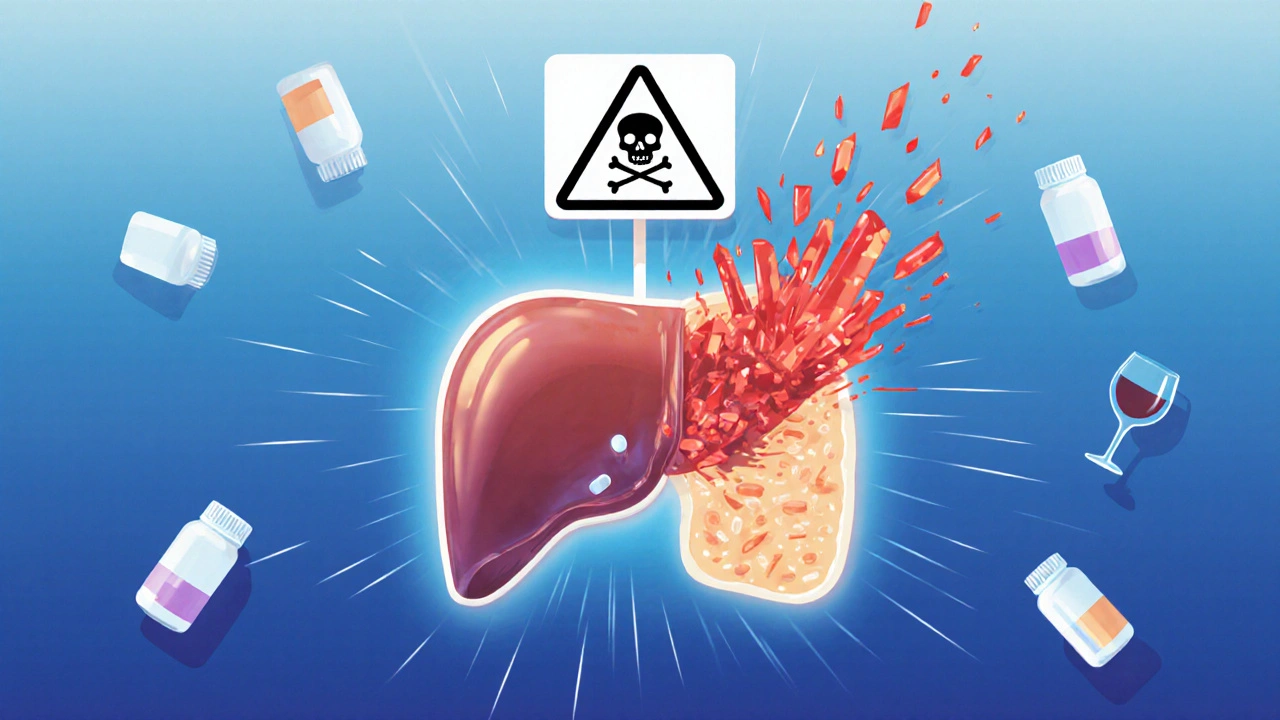


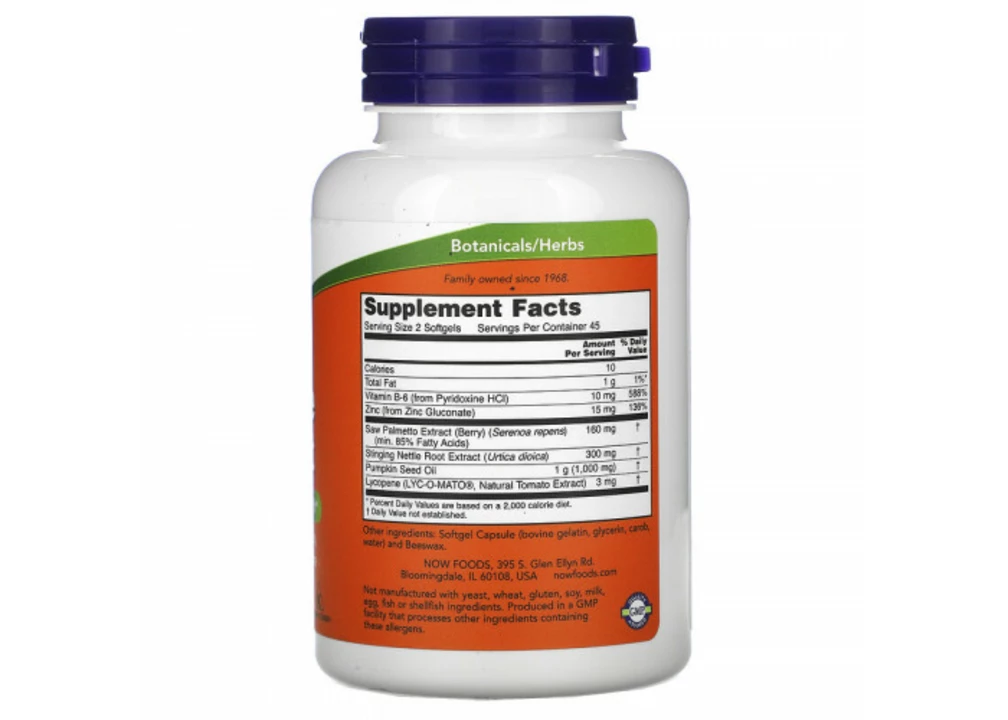
Russ Bergeman
November 20, 2025 AT 02:29Dana Oralkhan
November 20, 2025 AT 17:17Jeremy Samuel
November 21, 2025 AT 03:08Destiny Annamaria
November 23, 2025 AT 02:27Ron and Gill Day
November 23, 2025 AT 04:29Alyssa Torres
November 23, 2025 AT 23:42Summer Joy
November 25, 2025 AT 00:27Aruna Urban Planner
November 26, 2025 AT 11:19Nicole Ziegler
November 27, 2025 AT 05:11Bharat Alasandi
November 28, 2025 AT 08:42Kristi Bennardo
November 29, 2025 AT 02:46Shiv Karan Singh
November 30, 2025 AT 22:51Ravi boy
December 1, 2025 AT 10:17Matthew Karrs
December 1, 2025 AT 21:49Matthew Peters
December 2, 2025 AT 09:27